I need to learn some of these symbols. As for the points, this is something that has already been taught in some detail by the Dakinis.The ‘subtle contemplation of the lower orifice’ is dis¬
cussed at length in Tson-kha-pa’s commentary on the Pancakrama called “(idan rdzogs kyi dinar khrid” (PTT, Vol. 159,
pp. 120 and 121). It is the ‘arcane body’ as a practice in the
Stage of Completion; therefore it docs not involve experience
of the three Lights, which is called ‘arcane mind’ (cittaviveka );
rather, it is a preparation for that experience ol the Lights. The
‘lower orifice’ refers to the lower orifice of the central vein (the
avadhuti ), which Tucci ( Tibetan Painted Scrolls, I, p. 241) identi¬
fies as the perineum. In Tsoh-kha-pa’s work (op. cit., p. 120-2)
the ‘lower orifice’ seems to be equivalent to the ‘middle of the
gem’ (nor buhi dbtis) or ‘tip of the gem (nor baht rtse). In the
male this is the root of the penis. The ‘subtle contemplation’
(ibid., p. 120-4) involves contemplating at that spot a small
solar disk and on it a ‘drop’ (thig le, S. bindu) of substance having
three features : its color is blue; its shape is round; its size is no
bigger than a tiny grain such as barley and seen as the form of
one’s presiding deity (adhidera) brilliantly shining with five
rays.
the same spot seems to he called ‘site of the vajra’ (rdo rjehi sa
gsi), which he explains as ‘the lotus of the woman which is the
basis of the vajra (i.e. penis) in the sacral place’ (gsah gnas kyi
rdo rjehi rten yum gyi padma).
It is situated in the middle of the sacral place by the
excrement orifice. Its name is ‘Great Unborn Root*.
It is free from vijnana. The Knowledge-Body, selfless,
is the best of life born there, and is said to have the best
of animated beings.
Tson-kha-pa’s commentary (based on Alamkakalasa’s) ex¬
plains the ‘Great Unborn Root’ as the womb of the mother,
the place where one takes birth. It is unconscious, insentient
matter, hence free from vijnana. The Knowledge-Body of the
Intermediate State, which is selfless because devoid of any ego
substance that craves rebirth, so also devoid of the coarse body
(the vipaka-kaya ) that undergoes states, is the best of life born
there, and rides on the prana- wind which is the best of animated
beings. (That discussion may point to the yoga-praxis of a
woman as distinct from that of a man).
This is a good list for me, I will study it.1. Insight is the sense organs and means is the sense
objects. The yoga of their equipoise and enjoyment, is
pratyahara.
2. Insight is the sense organs and means is the Tathagatas. The yoga as their equipoise, is dhyana.
3. Insight is paramartha-bodhicitta and means is samvrtibodhicitta. The yoga as their equipoise, involving the
emanation and reunification of them in upper and lower
sequence, is prana-ayama.
4. When insight and means are as previous, the yoga of
their equipoise, holding the bindu the size of a mustard
grain in (or at) the three ‘tips of nose’, is dharana.
5. When insight and means are the Tathagatas embraced
by the goddesses, the yoga of emanating into the sky, as
their equipoise, is anusmrti.
6. When insight and means are the Dharmakaya and the
Sambhogakaya, the yoga of joining them with the Nirmanakaya as their equipoise, is samadhi.
I had to do a kind of overcoming intense distraction last night. What transpired from that is I kind of 'went traveling' in that I became various places. I'm not really sure whether this is all still part of learning 'action'. The definition of samadhi in 6. is interesting because it is not formless, but rather a union of a form and formless. In the Avatamsaka (in the chapter I'm on, which is mostly about dedications) it talks about expanding the body to fill the cosmos and expanding the mind to fill the cosmos separately (it makes separate reference during the same action).
- Home
- Forum
- Chat
- Donate
- What's New?
-
Site Links

-
Avalon Library

-
External Sites

- Solari Report | Catherine Austin Fitts
- The Wall Will Fall | Vanessa Beeley
- Unsafe Space | Keri Smith
- Giza Death Star | Joseph P. Farrell
- The Last American Vagabond
- Caitlin Johnstone
- John Pilger
- Voltaire Network
- Suspicious Observers
- Peak Prosperity | Chris Martenson
- Dark Journalist
- The Black Vault
- Global Research | Michael Chossudovsky
- Corbett Report
- Infowars
- Natural News
- Ice Age Farmer
- Dr. Joseph Mercola
- Childrens Health Defense
- Geoengineering Watch | Dane Wigington
- Truthstream Media
- Unlimited Hangout | Whitney Webb
- Wikileaks index
- Vaccine Impact
- Eva Bartlett (In Gaza blog)
- Scott Ritter
- Redacted (Natalie & Clayton Morris)
- Judging Freedom (Andrew Napolitano)
- Alexander Mercouris
- The Duran
- Simplicius The Thinker





 Reply With Quote
Reply With Quote

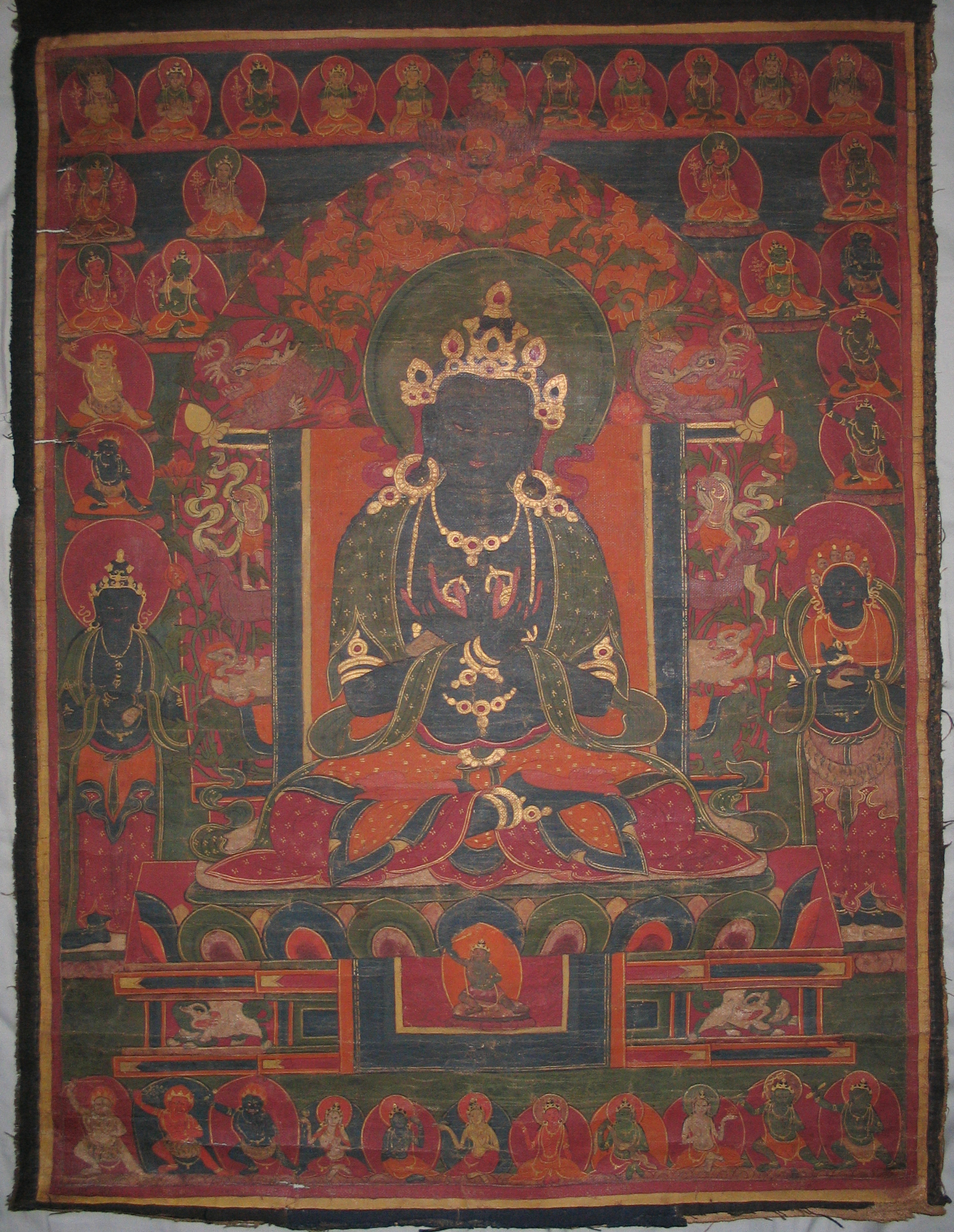
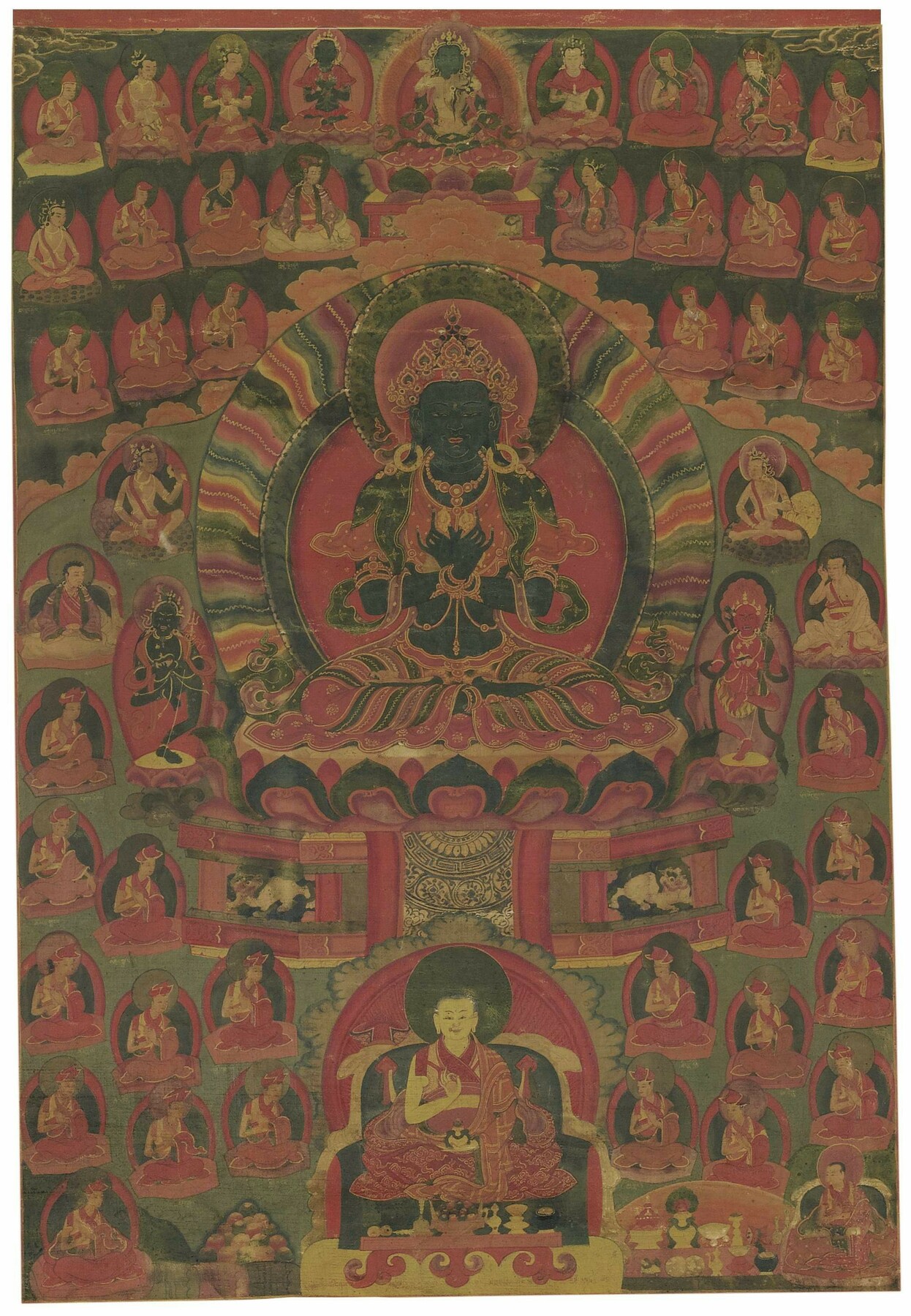
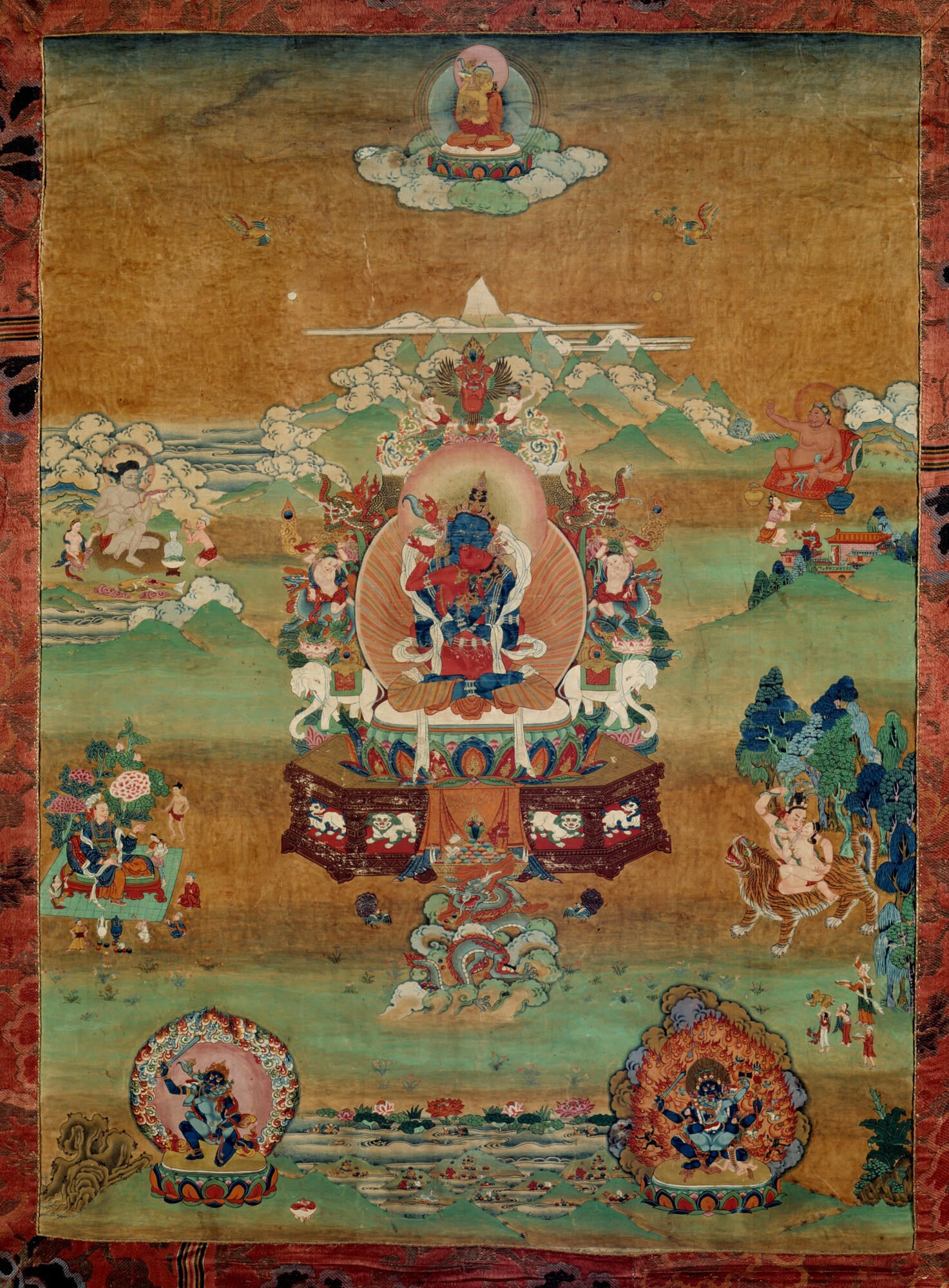
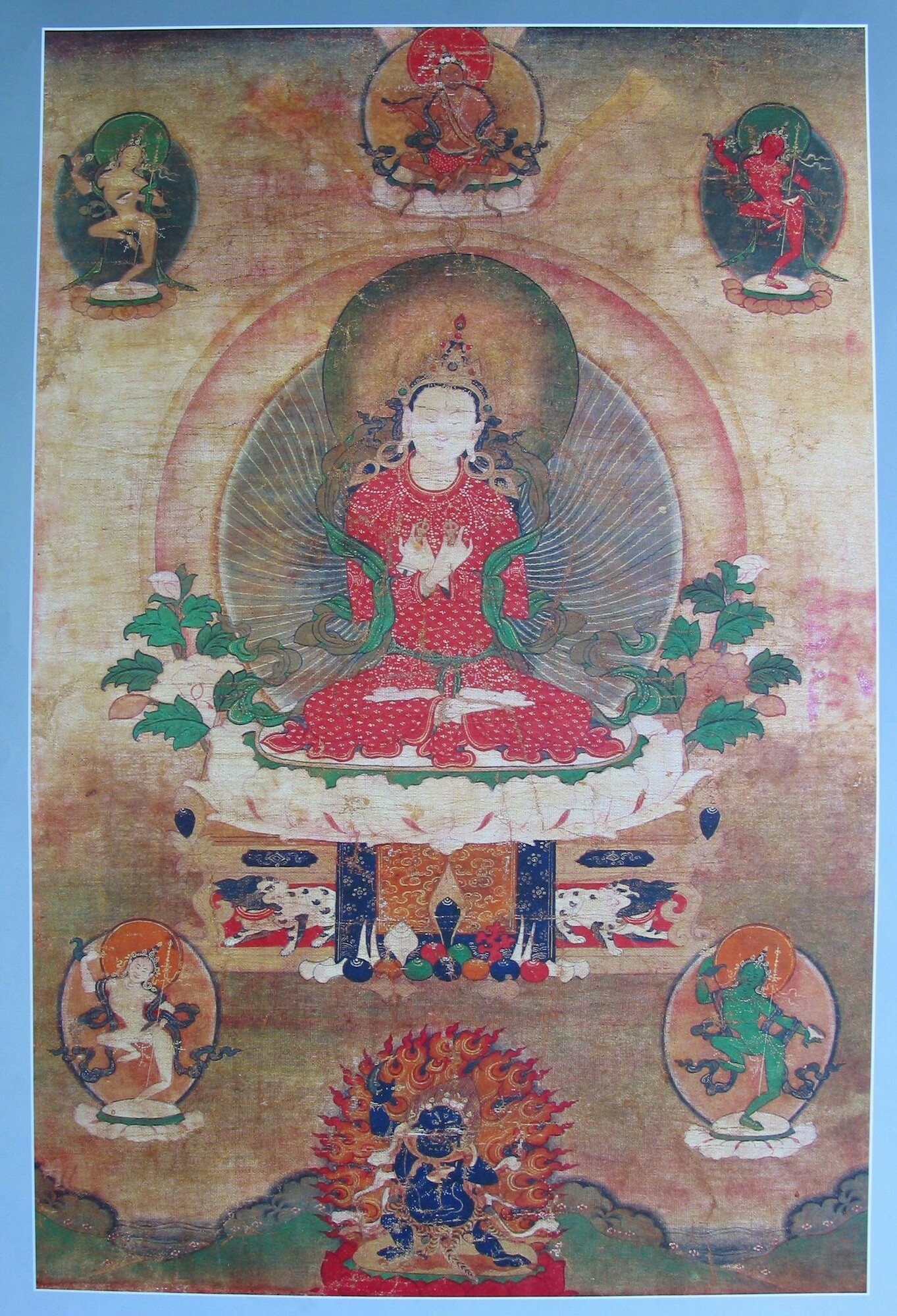
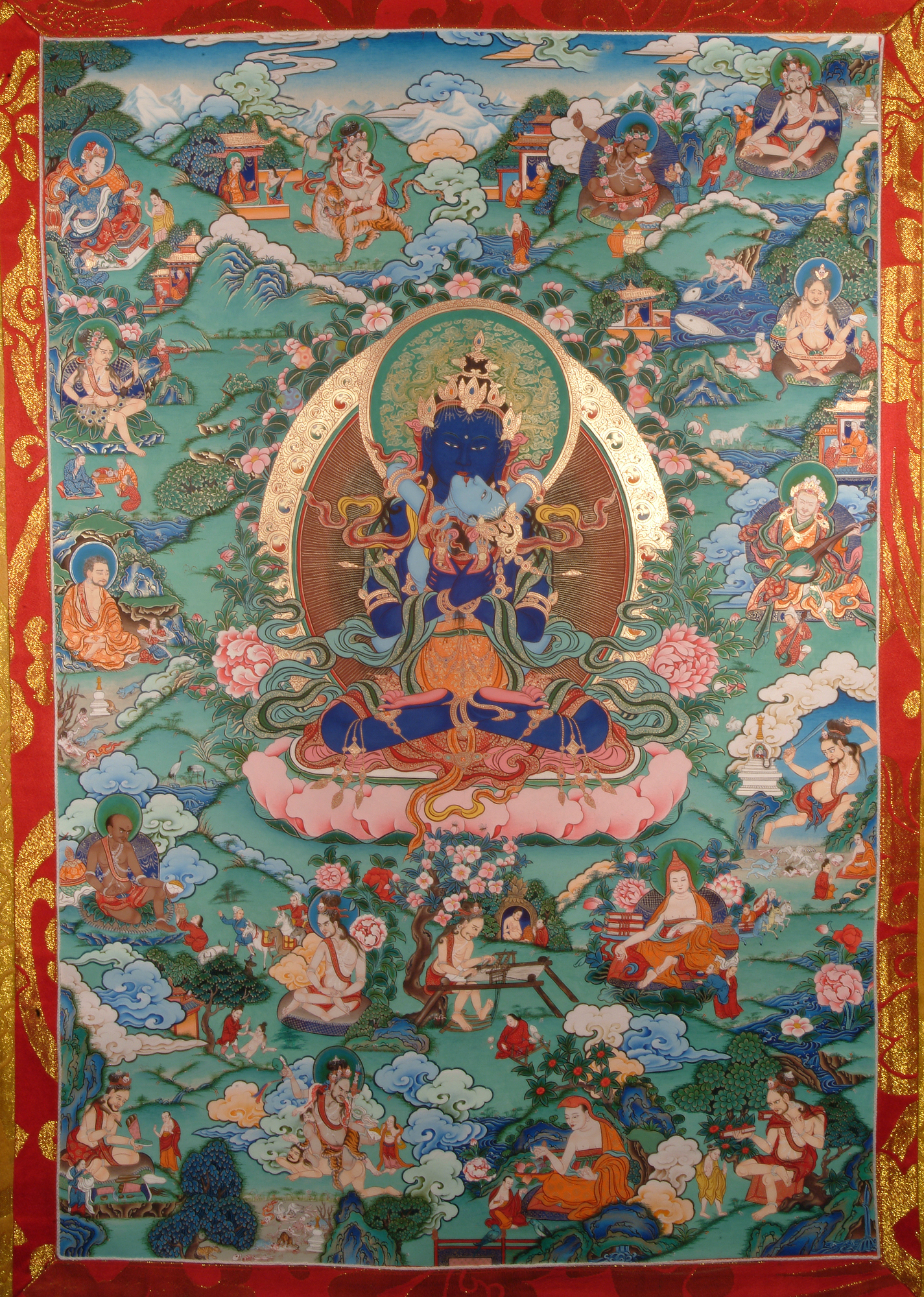
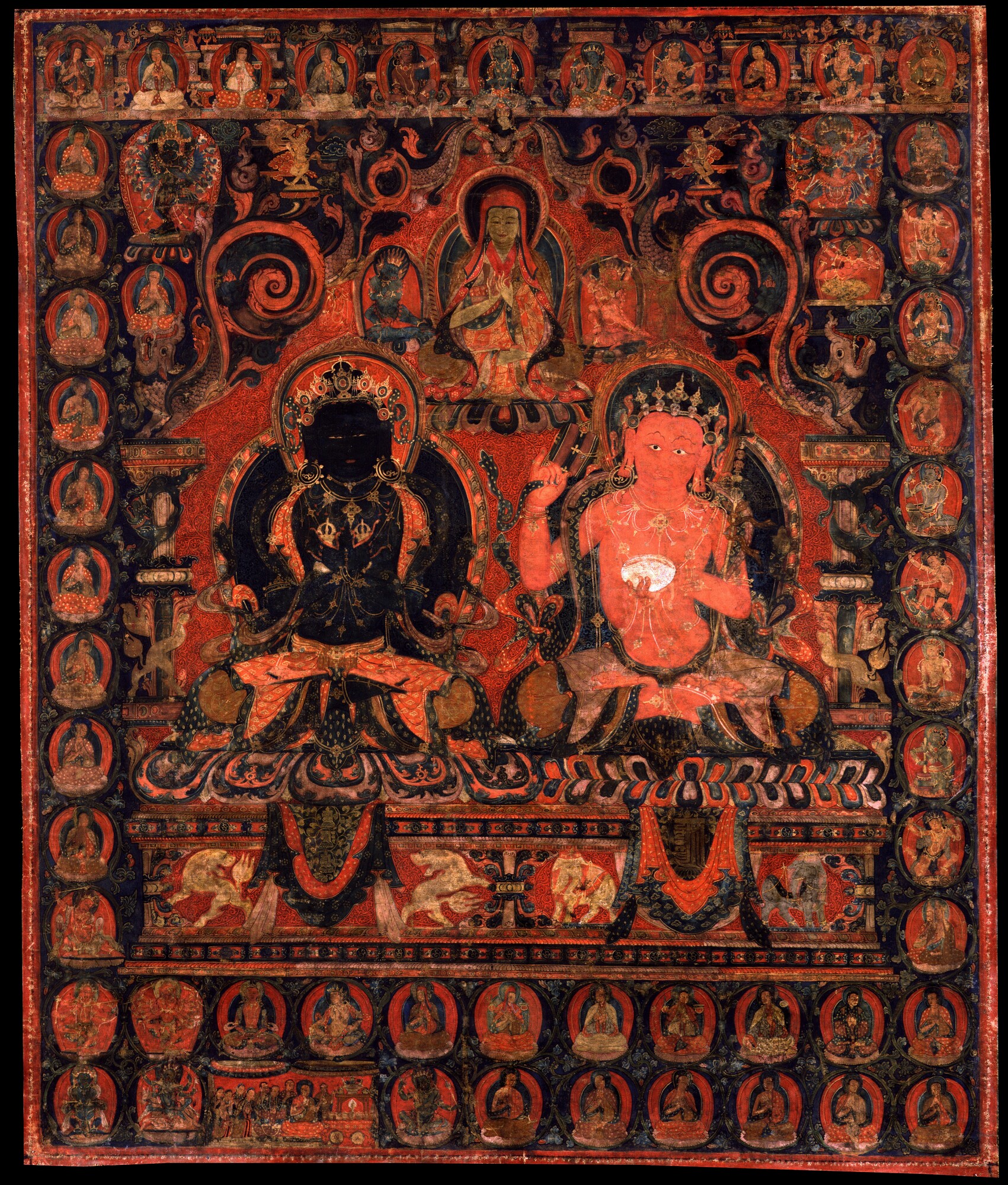


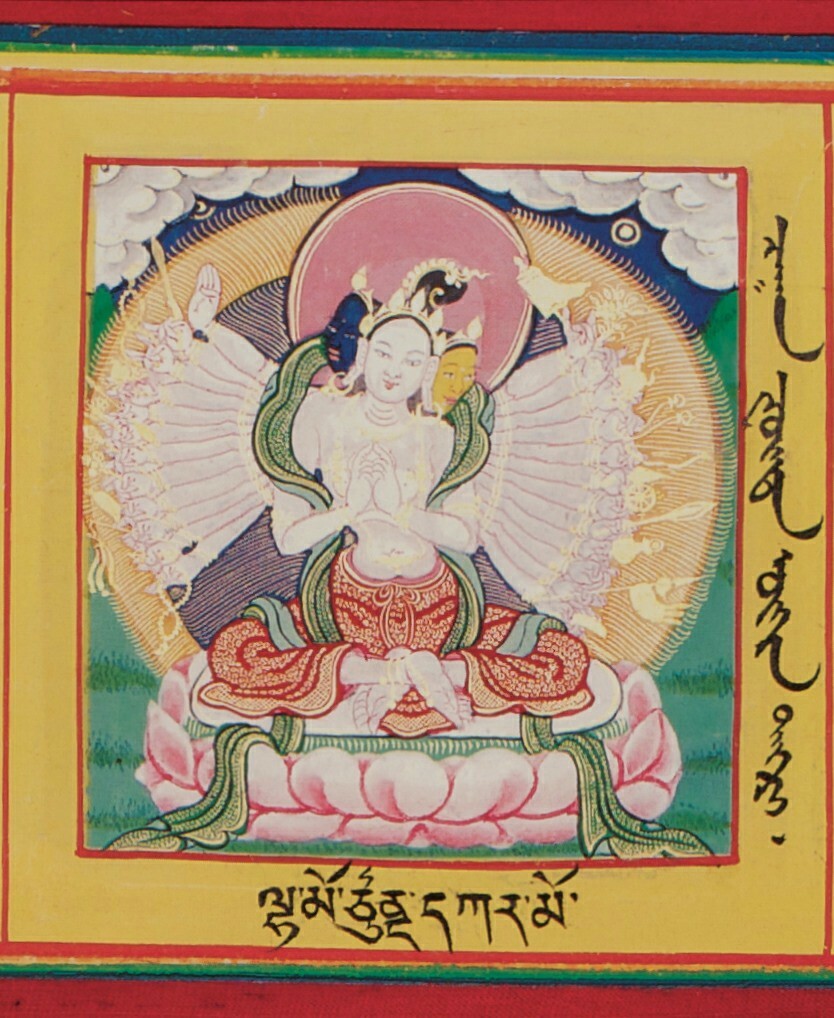

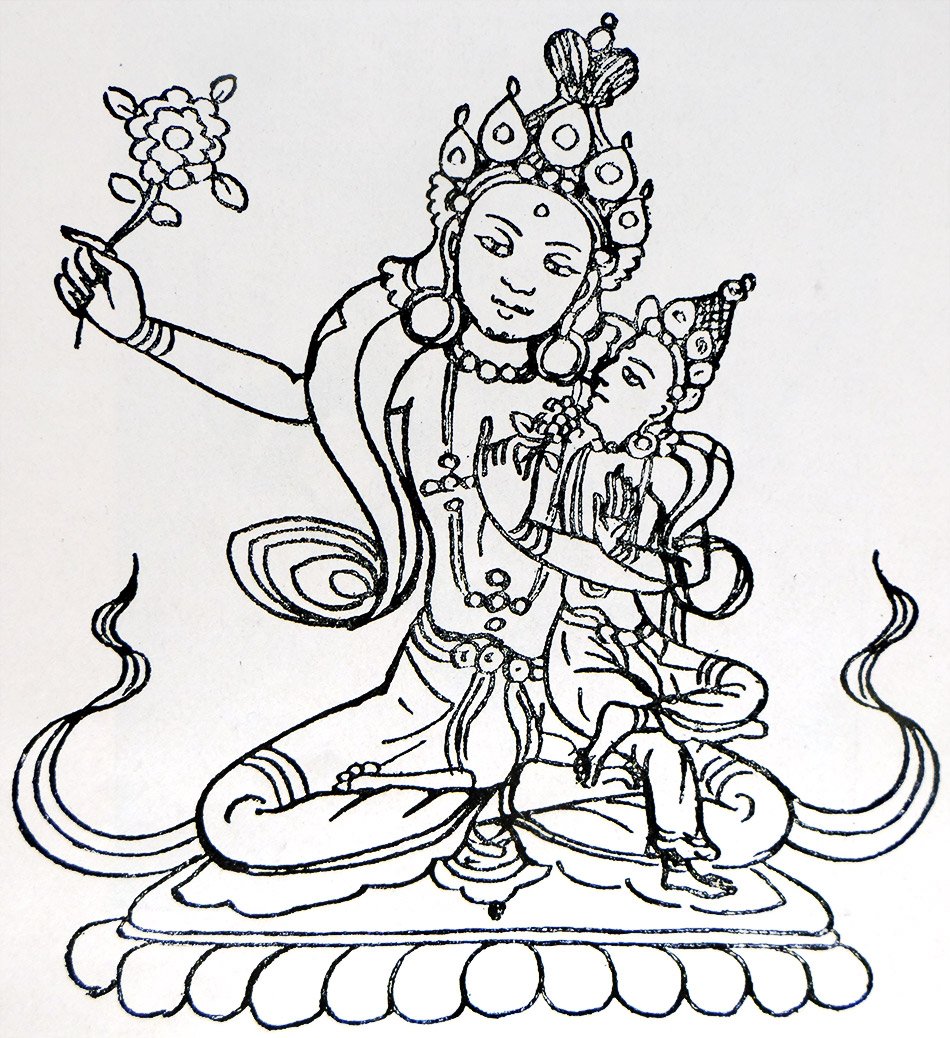
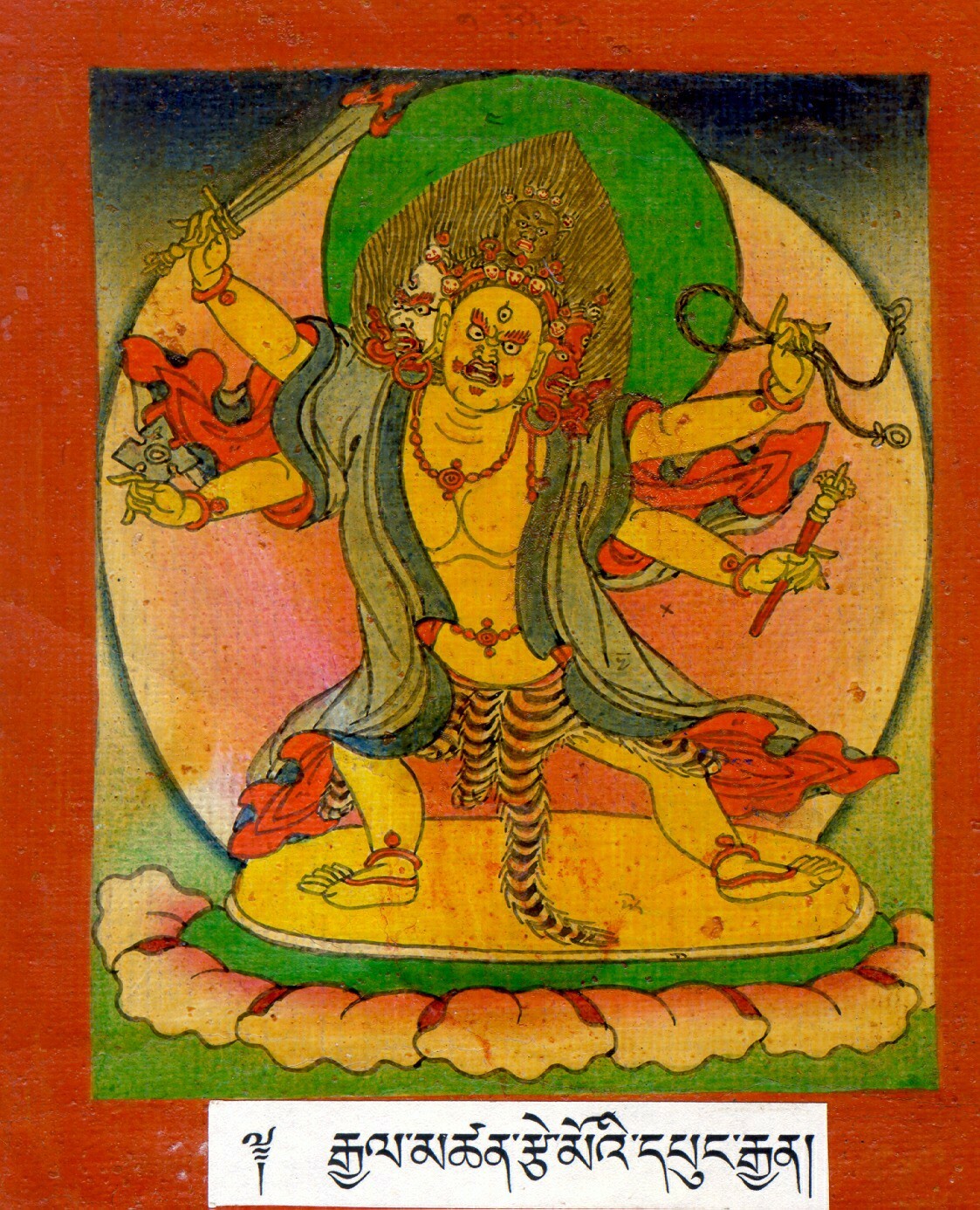




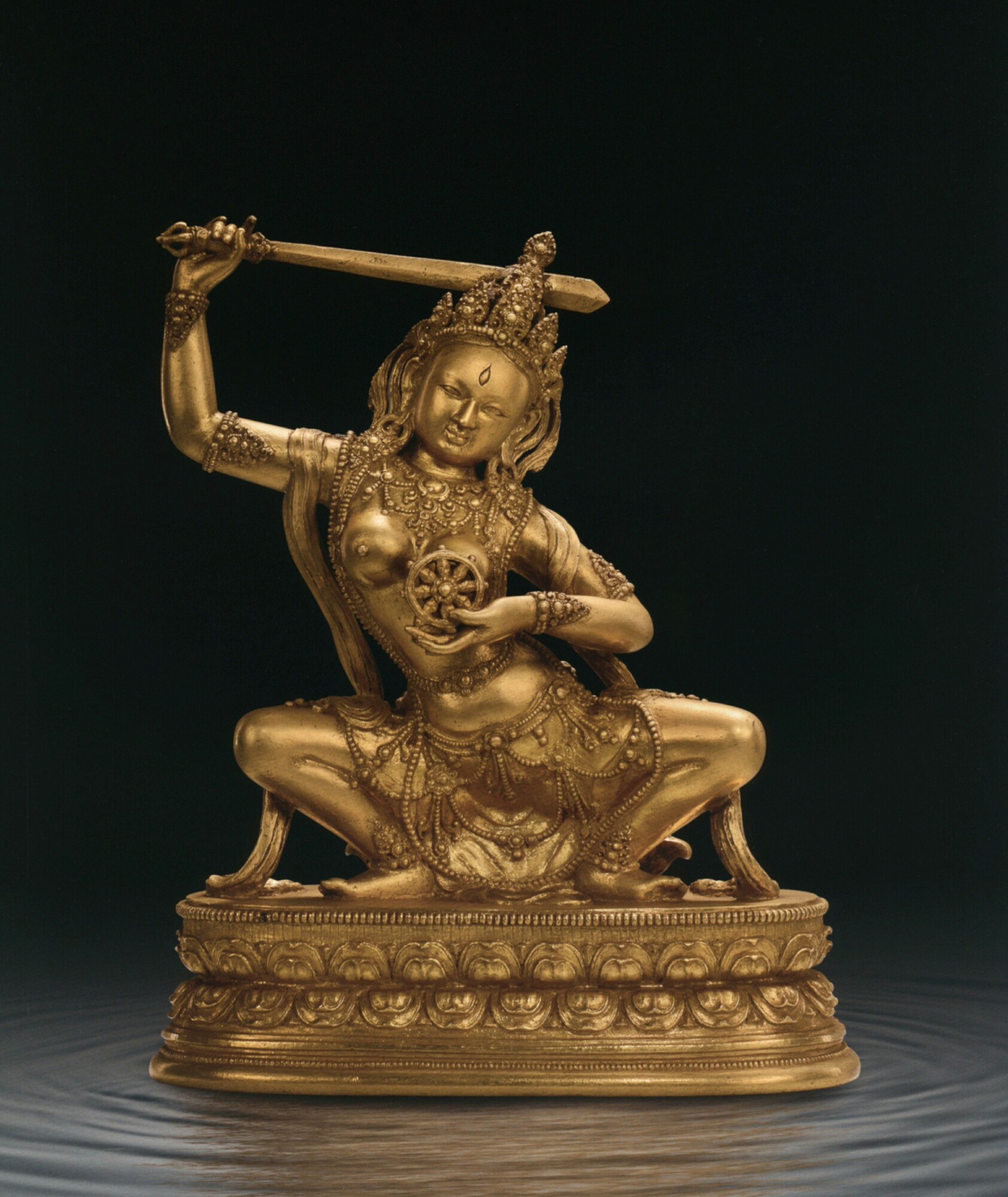

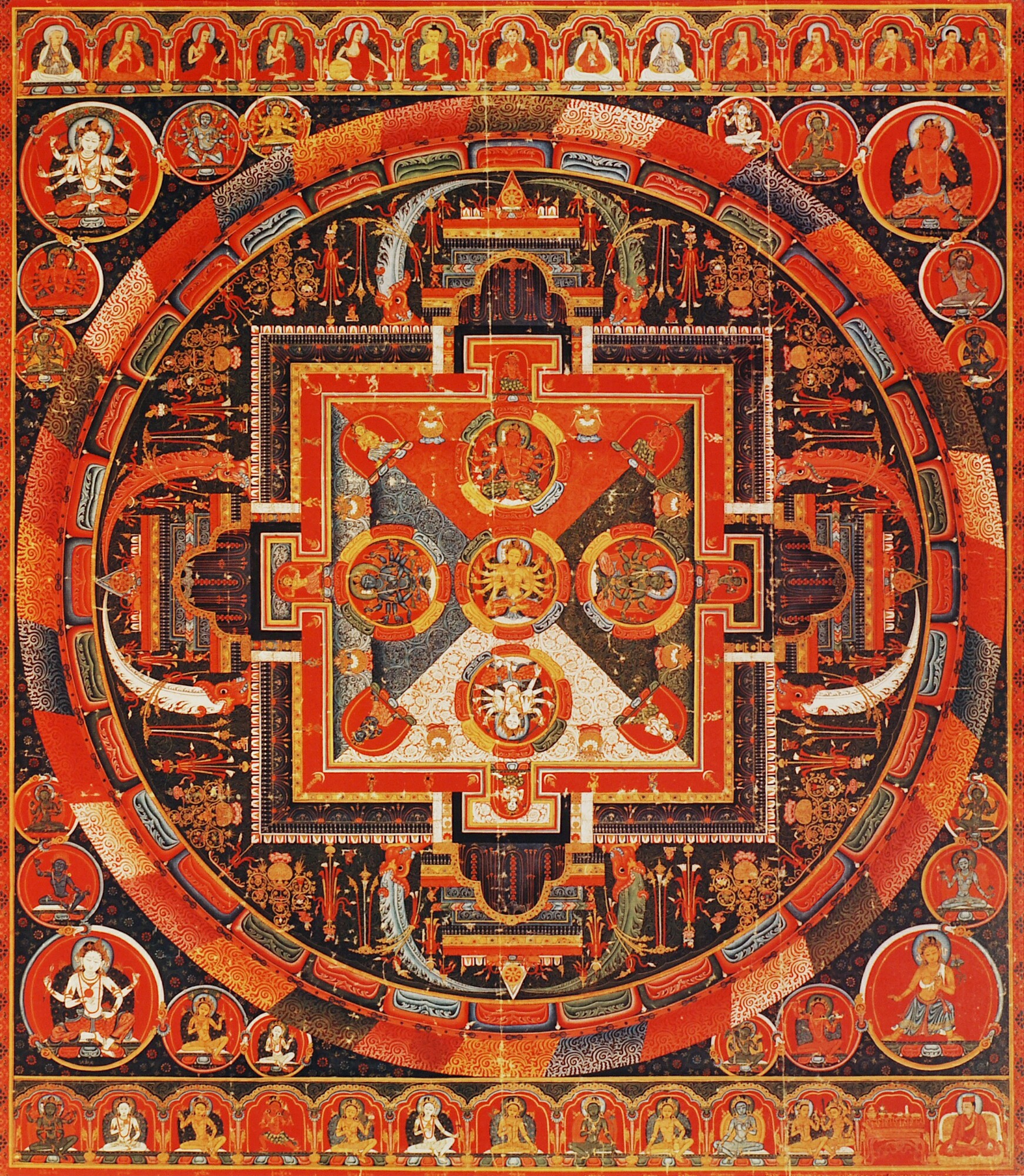
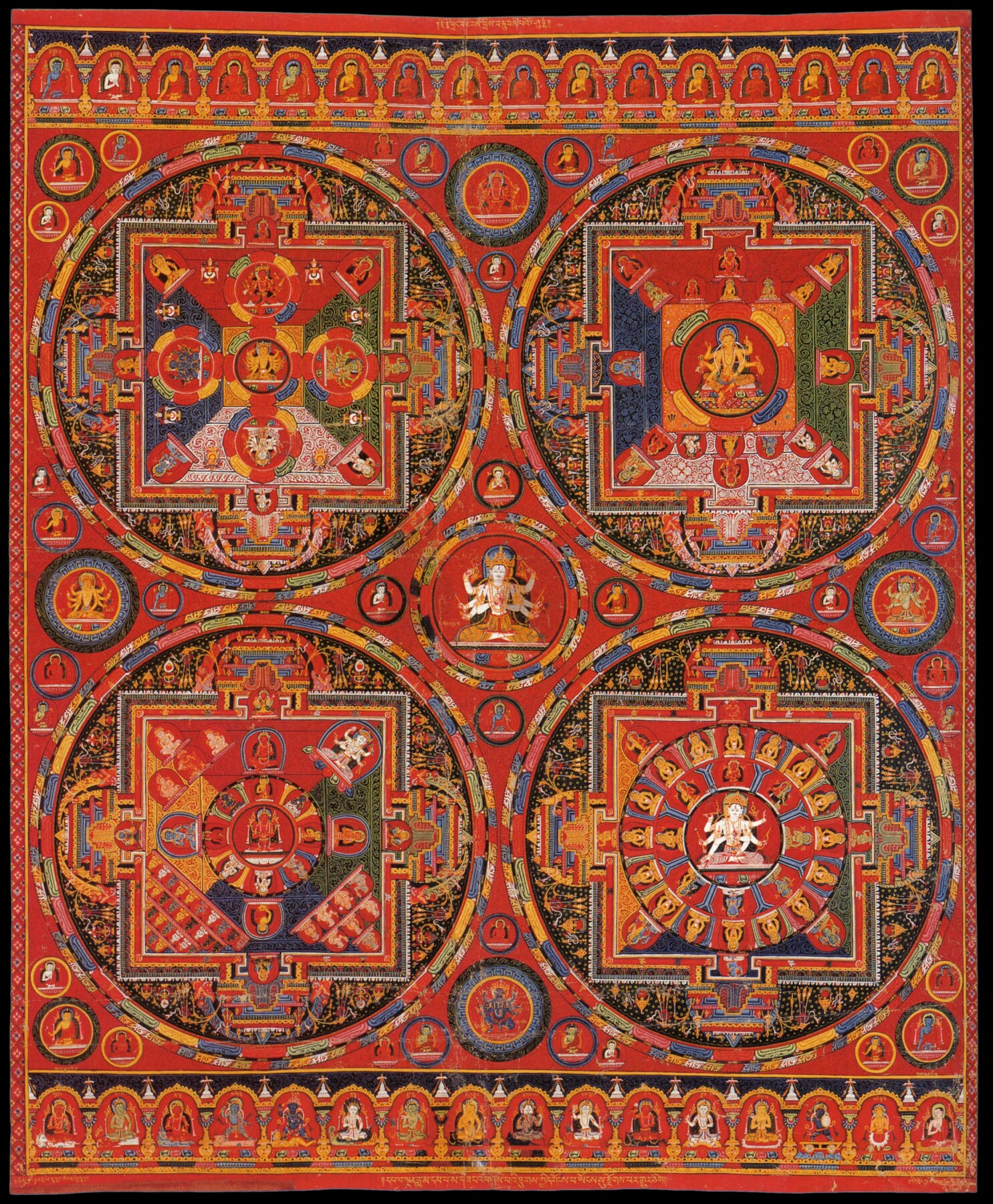

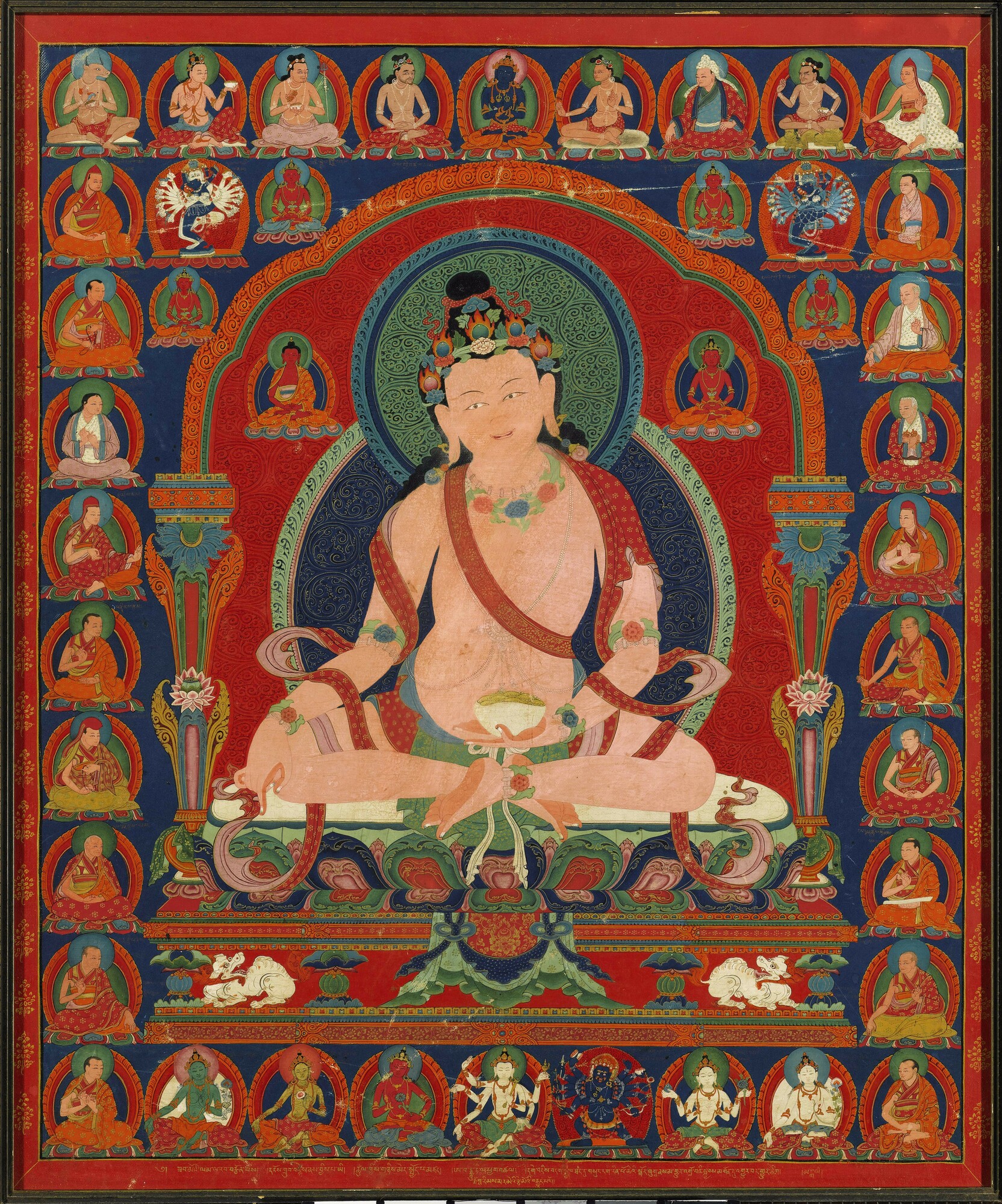
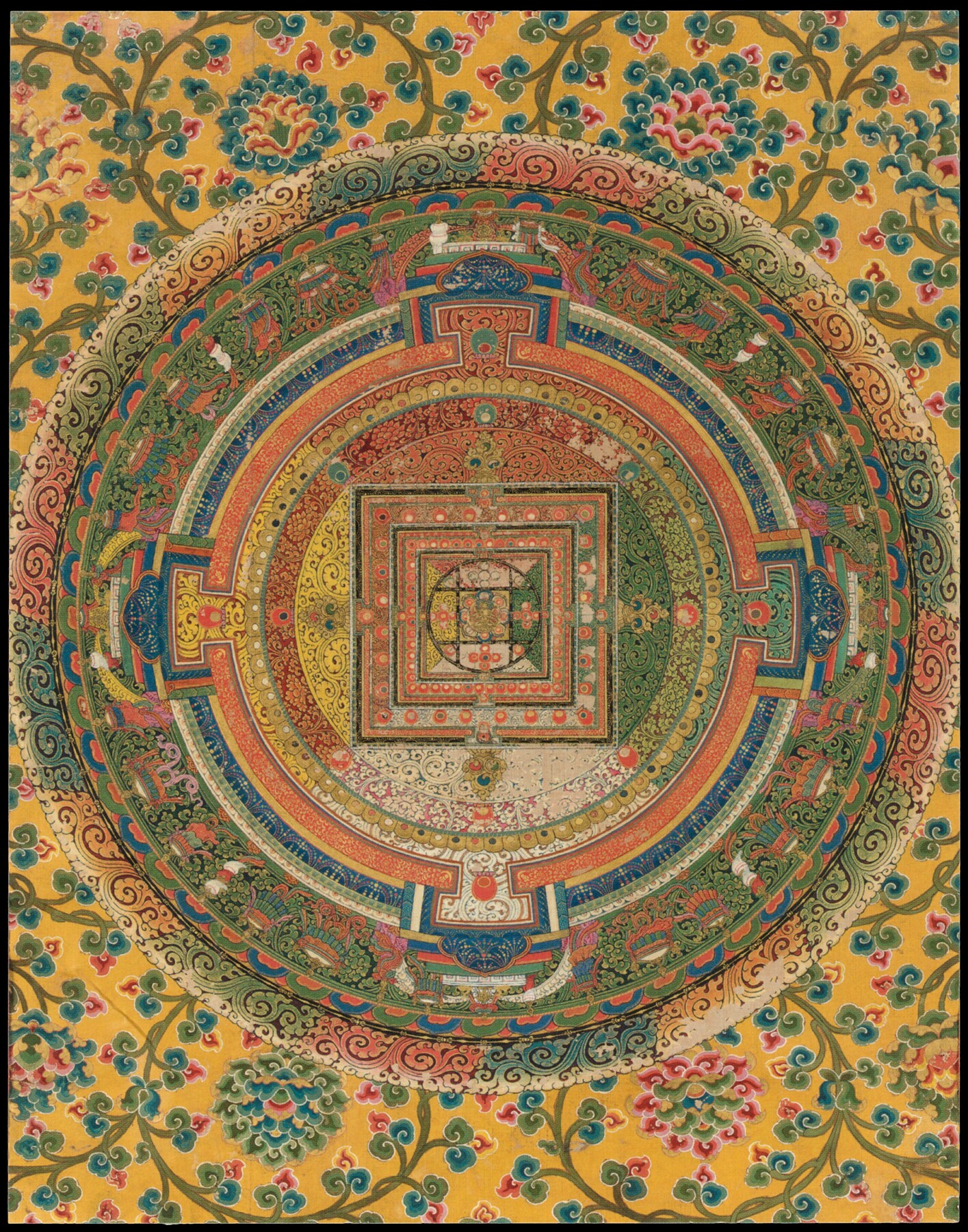


Bookmarks